Planting rules for viburnum Buldenezh and cultivation features
The beautiful name of this form of decorative viburnum is translated from French as "snow globe", and the people called the lush bush "snowball". Planting Viburnum Buldenezh does not cause difficulties even for inexperienced gardeners, and caring for it is simple, it consists in watering, pruning, feeding and weeding.
In May, for a whole month, this shrub is covered with round caps of snow-white inflorescences up to 15 cm in diameter, so it is willingly used to decorate gardens and city parks, as wealthy Russian landowners and European nobility used to decorate their estates. Kalina Buldenezh does not bear fruit, since all its flowers are sterile and sterile, therefore it is planted exclusively for decorative purposes - it can be a single planting, and whole hedges.
Conditions for landing
Viburnum is planted in early spring. In autumn, it is advisable to plant only seedlings obtained by dividing an adult bush (digging out side shoots). Good care helps a three-year-old bush to reach a height of 1.5 m, and without pruning, an adult tree grows above 3 m.
The place for planting Buldenezh is chosen to be semi-shady, since in the sun the flowering period will be reduced, and in the shade the inflorescences will become incomplete, in addition, the bush will suffer from pests. Planting should be carried out responsibly, since viburnum is a long-liver, it can grow and bloom in the selected area up to 60 years. If necessary, an adult bush can be transplanted, but this will be difficult. Viburnum grows well along the water bodies, but it also feels great in the city.
The soil for viburnum needs nutritious and loose, non-acidic. Heavy clay soil is cultivated and lightened by adding sand, peat and humus to it. A planting hole for a young seedling is prepared with a size of at least 50x50 cm (up to 60x80 is possible). A mixture of soil with compost, sand, peat, ash and suitable fertilizers is poured onto the drainage from stones or tree bark.
Advice
Fertilizers when planting viburnum Buldenezh use potassium-phosphorus, for example, "Agronan", nitroammophos or diammofosku, Agricola, AVA.
A distance of at least 1.5–2.0 m is left between two bushes. The root collar of a young plant can be deepened by 3-5 cm. A seedling is placed on a cone-shaped tubercle in a planting pit, sprinkled with earth, compacted and watered abundantly. The surface of the ground around the bush is mulched, for example, with peat.
Viburnum care
Planting viburnum is accompanied by mulching; in the first years after planting, it is also advisable to cover the root circle with additional humus or mulch in winter. Can be planted around a bush lawn grass and do not cut them for the winter, which will give the young roots additional protection from frost. In a very cold winter, viburnum shoots can freeze slightly, but with healthy roots, the bush quickly recovers. Shoots do not need any shelter, since this shrub tolerates frost well and takes root even in Siberia.
Kalina Buldenezh loves moisture. In dry summers, the shrub requires frequent and abundant watering, at least twice a week. An adult plant consumes up to 20 liters of water.
The shrub is fertilized in early spring and autumn before leaf fall:
- with spring feeding, nitroammofoska is introduced;
- in the autumn - superphosphate and potassium nitrate.
Caring for Buldenezh viburnum also consists of mulching. The mulch in the near-stem circle of the plant needs to be renewed annually (maximum every three years), digging up last year's layer and adding a new one.
To protect the viburnum from diseases caused by fungi, for example, gray leaf spot or powdery mildew, the bushes are sprayed with Bordeaux mixture in early spring, and if a problem is detected. If the situation is already running and the bush cannot be treated, then it is better to remove the plant from the site.
Kalina can be overcome by pests. Aphids are fought with a soap solution, with a viburnum leaf beetle - an infusion of garlic, onions or wormwood with soap. In early spring to prevent the appearance of various pests the plant is treated with karbofos. When pests appear, you can use other chemicals sold in garden stores.
Viburnum pruning
Ornamental viburnum is grown most often as a spherical shrub, but sometimes as a standard tree. Shoots grow very quickly, up to 40 cm per year.
To form a ball, the shrub is cut short in the second year of planting, leaving 2-3 buds, and a ball is formed from young strong shoots, pinching their growth point at a length of 30 cm.
To form a tree, only one powerful stem is left to grow, removing the lower lateral buds from it, and the remaining shoots are removed. In the future, only branches from the apical buds are allowed to grow. To do this, after 2-3 years of growth of the main (single) stem, pinch its crown at the desired height, for example, 2 m, and form a crown from its lateral shoots, leaving a clear bole 1–1.2 m high.
In addition to the pruning that forms the shrub, it will be necessary to remove more lateral growth when it appears, as well as dried and broken branches. Once every 7–8 years, you need to thin out the crown of the bush - such care helps to maintain a healthy appearance of the ornamental shrub.
Reproduction of viburnum Buldenezh
Since the sterile flowers of this viburnum do not give seeds, it can be propagated only in a vegetative way: by layering, cuttings and dividing the bush.
For cuttings, shoots of this year are most often taken during summer pruning, but last year's shoots can also be used. On a cutting 7-9 cm long, two pairs of buds are left, the lower leaves are cut off completely, and the upper ones - half. The lower cut of the cutting should be oblique, and the upper cut straight. To accelerate root formation, the lower cut is treated with Kornevin, Heteroauxin or another growth stimulator. The cuttings are planted to a depth of 2 cm in a loose substrate (peat and sand in equal quantities), they make a kind of mini-greenhouse (a cap made of plastic bottles or lutrasil / film stretched over small arcs).
When propagating by layering in May-June, flexible young shoots are bent to the ground, laid in grooves up to 10 cm deep, pinned, covered with soil and often watered. The rooted seedling is cut off from the mother bush and left for some time in its original place or transplanted into a school.
As you can see from the information above, Kalina Buldenezh does not require special attention to itself. Planting and caring for it is no more difficult than caring for other horticultural crops, and the beauty of spring bloom pays for all the effort.
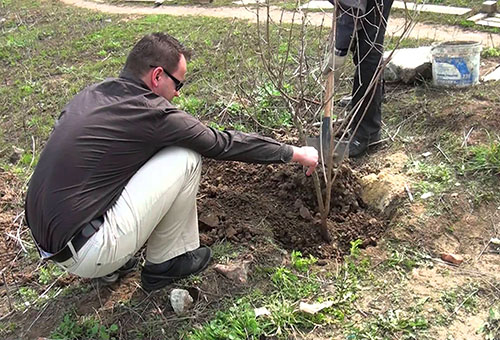
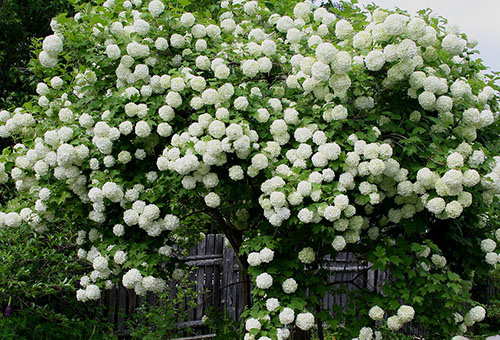

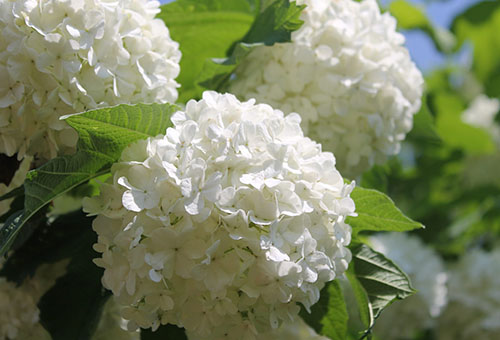

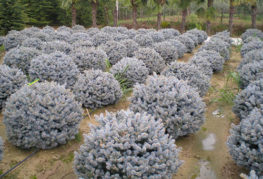
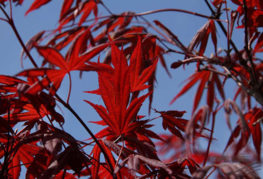

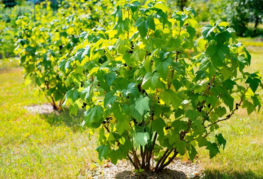
and will be published shortly.